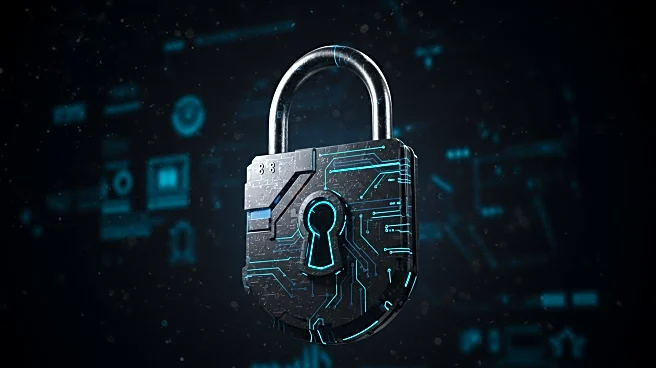What's Happening?
The landscape of cybersecurity is rapidly evolving, with traditional layered security approaches proving ineffective against modern threats. Cybercriminals are increasingly targeting organizations of all sizes, and the sophistication of attacks is on the rise. A zero-trust cybersecurity strategy is recommended to protect critical resources by verifying every access request. This approach strengthens security by reducing the impact and radius of attacks, adapting to modern, distributed IT environments.
Why It's Important?
As cyber threats become more sophisticated, organizations must adapt their security strategies to protect against emerging risks. The adoption of zero-trust principles is crucial for maintaining a strong security posture and safeguarding sensitive data. Companies that fail to implement effective cybersecurity measures risk significant financial and reputational damage. By proactively addressing these challenges, organizations can enhance their resilience and protect their assets.
What's Next?
Organizations are expected to continue adopting zero-trust cybersecurity strategies to address the evolving threat landscape. This may involve consolidating identity access management solutions and implementing comprehensive security platforms. As cyber threats continue to evolve, companies must remain vigilant and proactive in their security efforts to protect against potential breaches.
Beyond the Headlines
The shift towards zero-trust cybersecurity reflects broader trends in digital transformation and the increasing importance of data protection. Companies that prioritize cybersecurity can create a more secure and trustworthy environment for their customers and partners. This approach also aligns with the growing emphasis on privacy and data protection in the digital age.











